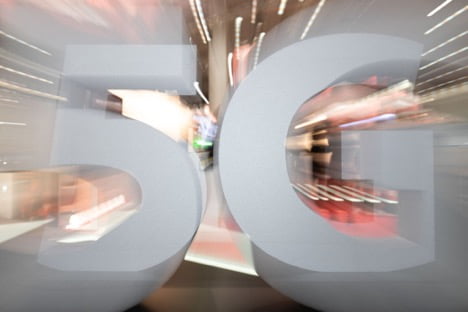Certainly, one key impact of the Coronavirus crisis has highlighted in the crucial role of connectivity to allow 21st century societies to function even under duress.
Stay at home orders would not even be feasible without those “at home” being able to connect over their phone lines and internet connections, which are frequently the same thing.
But high demand and uneven ability to deliver the connections required have highlighted the importance of enhancing those connections going forward.
And with an upsurge in demand, cybercriminals are thriving as well.
The classic case of the challenge has been highlighted by Zoom. Here a niche product has gone mainstream due to the demand side generated by the crisis.
Yet that heavy demand has exposed the dark side of communications in the digital age.
According to a Wall Street Journal article published on April 4, 2020:
But the platform’s surging popularity has attracted trolls and hackers, as well as scrutiny from privacy advocates. The practice of “Zoombombing”—where people gain unauthorized access to a meeting and share hate-speech or pornographic images—entered the popular vernacular almost overnight. Security experts found publicly highlighted problems with Zoom’s technology could leave user data vulnerable to outsiders’ exploitation.
The Federal Bureau of Investigation issued a warning Monday about videoconference hijacking, spurred in part by Zoombombing incidents. In the U.S., 27 attorney general’s offices have raised questions about privacy issues, Zoom said, adding it is cooperating with authorities.
And, of course, the skill sets using distance services can change forever how medicine and education or the balance between working out of the office are enhanced,
All of this underscores the importance of the coming of 5G and getting it right from a security point of view, and ensuring that it serves the interests of the liberal democracies and is not simply a trojan horse for the 21st century authoritarian powers.,
Last month, the Trump Administration published its overview to 5G strategy in which they highlighted its importance.
Post pandemic, this is a key policy area which is about redoing the economy as well as defense and security.
National-Strategy-5G-Final


